Modern-day washing machines are a lifesaver that we have all learned to enjoy. If it isn’t functioning properly, the ease of cleaning your clothes may suffer. And if it doesn’t receive regular maintenance, a flooded washing machine is a sneaky disaster waiting to happen.
Washing machine flooding can cause chaos in your home routine and drain your bank account. Avoid frustration and save money by taking good care of your washing machine with these top tips for preventing floods and what to do if you encounter washing machine flooding.
HOW TO MAINTAIN YOUR WASHING MACHINE AND PREVENT FLOODING
Good washing machine maintenance will help you to prevent flooding from your washer. You can check the health of your washing machine yourself by making note of any of these issues and contacting a professional if problems persist.
Check the Hoses
Leaking or faulty hoses are common causes of washing machine flooding. If a hose is damaged, you may end up with a leak or flood before the water makes it to the machine. Every once in a while, it’s a good idea to carry out a visual check of the hoses, seals, and valves to see if you can spot any damaged or worn parts. If you notice a tear or something that doesn’t look quite right, we recommend calling a professional for backup.
Check Seals
If you have a front-loading washing machine, a faulty door seal could be the cause of flooding. Often, the seal around the door is subject to wear and tear and fails to keep the water inside the machine. Check up on your door seal to ensure it’s still intact before you run the machine. If you notice the seal has worn away, call a professional to get a new seal installed.
Follow Washing Machine Instructions
It may seem obvious, but following the instructions and load limits on your washing machine is essential to help prevent flooding. If you can’t fit a hand into the machine’s drum, that’s a sign that it’s overloaded. Overloading your machine can put too much pressure on it, creating stress on the motor and other parts. Don’t forget to measure your detergent to the machine guidelines, too.
Install an Automatic Shutoff Valve
An automatic shutoff valve gives you a last line of defense from washing machine flooding. It will shut off the water if there’s a leak or flooding from faulty hoses, seals, or valves, as well as give you peace of mind. An automatic shutoff valve is easy for a technician to install on your current washing machine and may be worth it if you do many loads of laundry.
WHAT TO DO WHEN YOUR WASHING MACHINE FLOODS
If you do face the disaster of a washing machine flood, the first thing to do is turn off the water. After turning off the water, you’ll want to safely turn off the electricity to avoid water mixing with your electrical system. Usually, a couple of towels and a mop is all you need when cleaning up any excess water from the flood. But, if you’re dealing with larger volumes of water, a pump or wet-dry vacuum can speed up the cleaning process.
Schedule Washing Machine Maintenance to Avoid Flooding
Taking good care of your washing machine will help to prevent floods and related damage. Maintenance and repair are necessary if you want to avoid disastrous flooding. Call S&S Appliance to service your washing machine or repair any parts that are broken or worn away. Call us at 1-844-965-0151 or contact us online to schedule an appointment with one of our experienced technicians.
